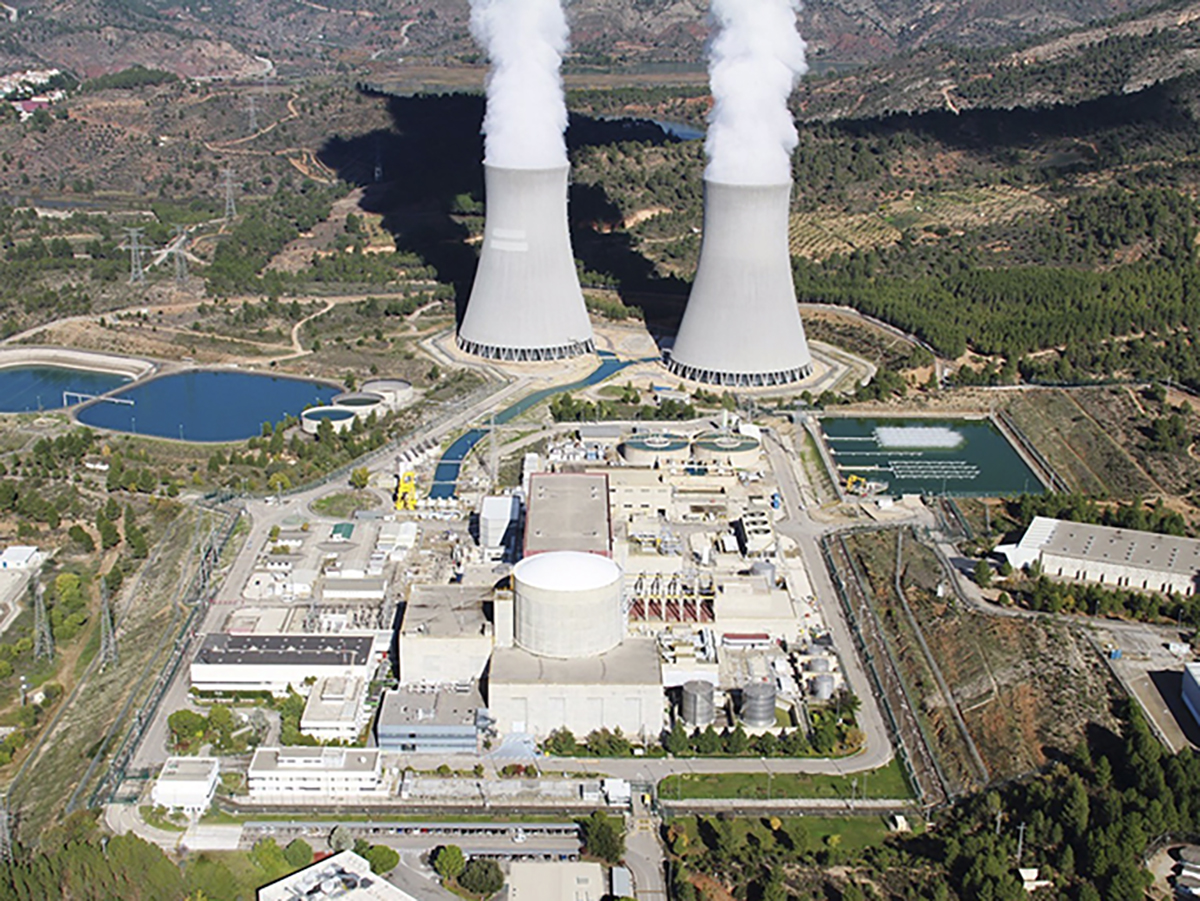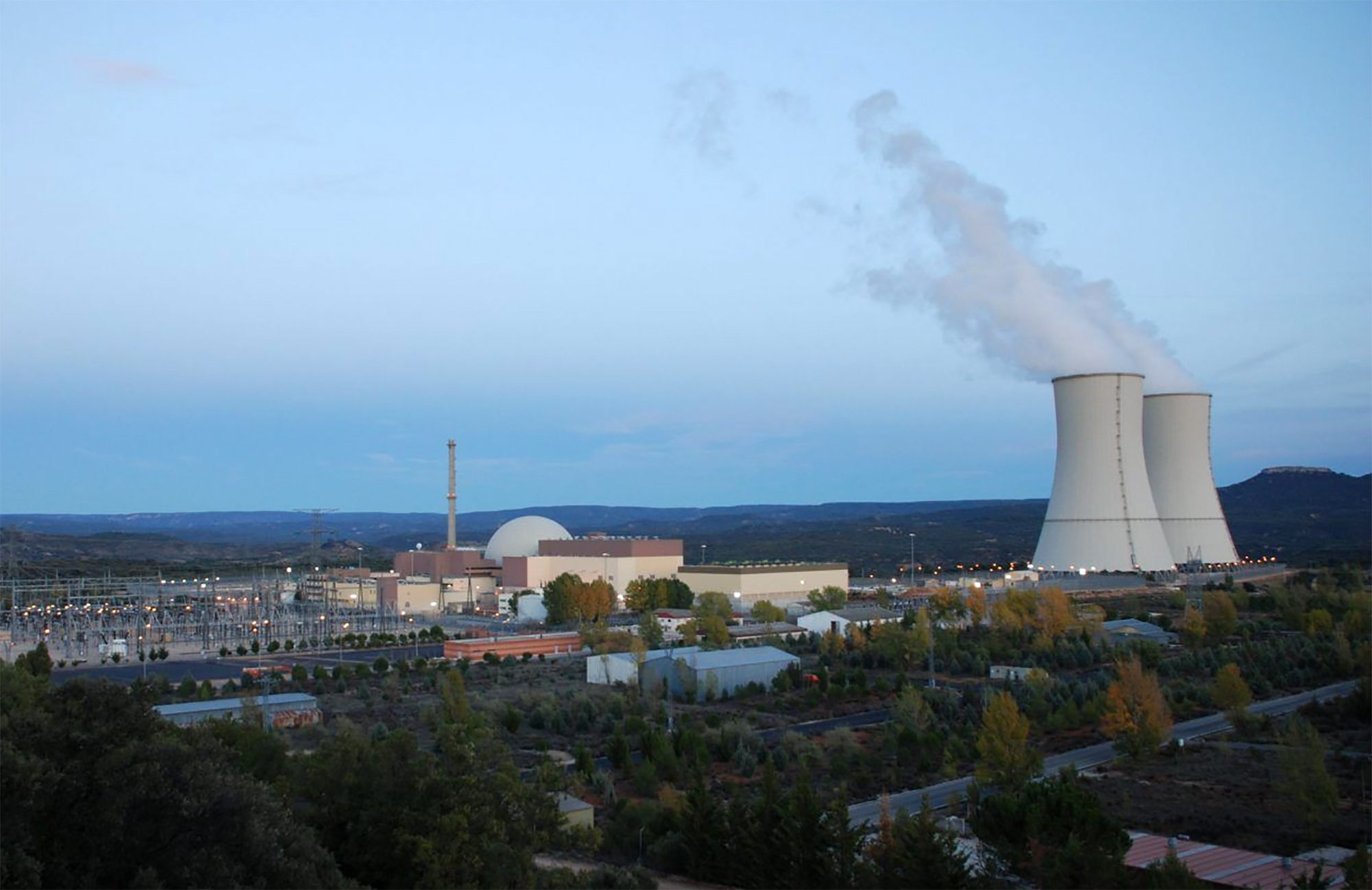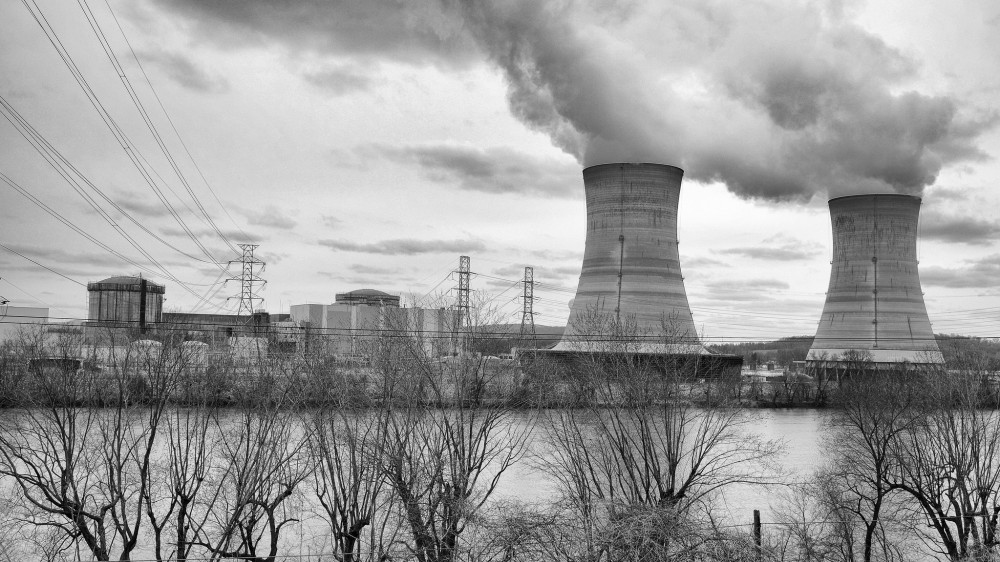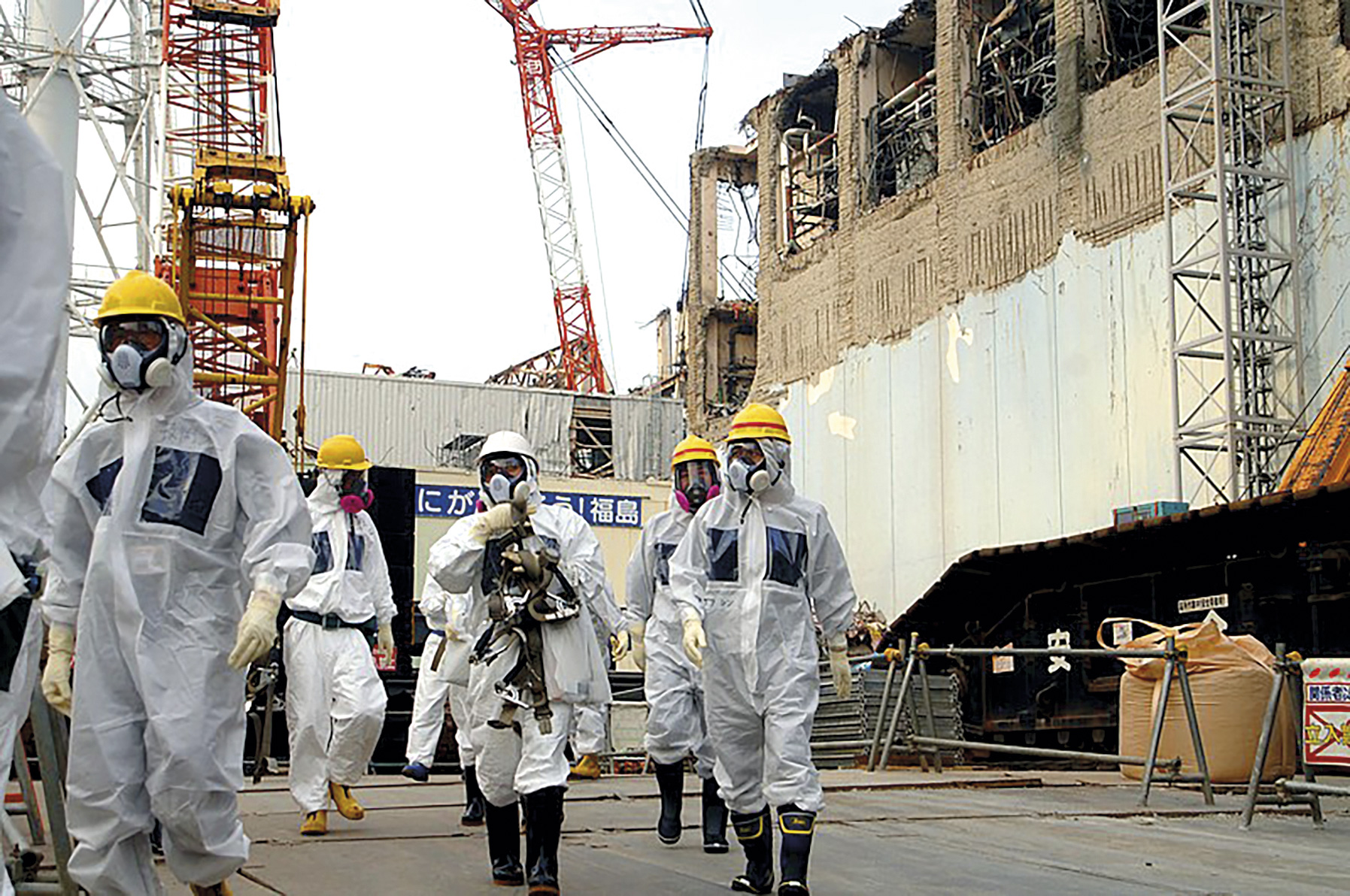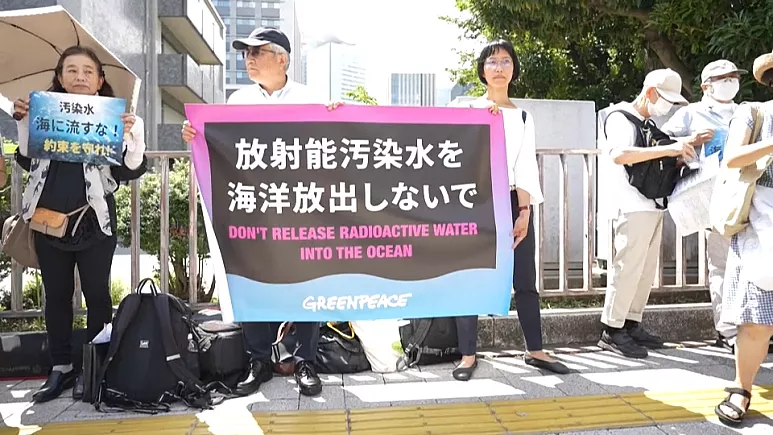A serious atomic accident would leave France bankrupt
- A major accident at Three Mile Island (Harrisbourg, USA) On the contrary, if one of the four reactors on fire in Fukushima deteriorated uncontrollably, France would suffer losses of over EUR 430,000 million. Unfortunately, this information has gone unnoticed.
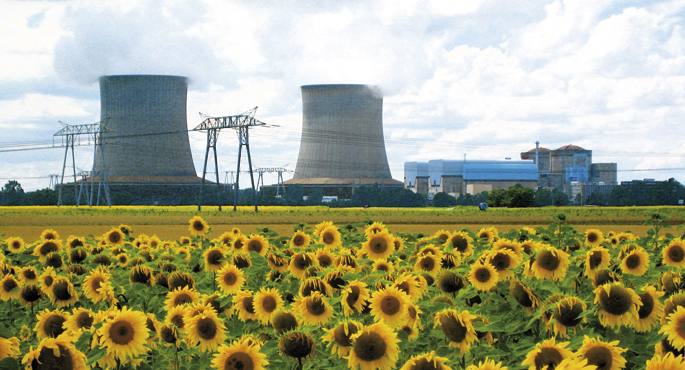
Will the calculations made by economists Ludivine Pascucci Cahen and Patrick Momal be reliable? This could be said, taking into account who asked for it and who made it public. The Institut de Radioproteccion et de Sûreté Nucléaire (IRSN) is the public body that manages the best nuclear information in France. Equivalent to the Nuclear Safety Council in Spain. Within the IRSN delegation, Pascucci, Cah and Momal presented the research work at the Eurosafe forum in November last year.
Towards Enhanced Robustness in Nuclear Safety was the title of the Japan Atlantic Alliance Forum. Towards the Strengthening of Nuclear Safety. Organiser, in addition to the IRSN, the Bel V in charge of nuclear safety in Belgium and the GRS that does so in Alemania.Por listening to what was said at the Sheraton Hotel in Brussels, an amount of EUR 650 was paid. Antonio Munuera Bassols, member of the committee that set the programme, represented the Spanish CSN.
On Tuesday, 6 November, at 13:30 a.m., during the second seminar of the Forum, Ludivine Pascucci–Cahen and Patrick Momal presented their work: “Massive radiological releases profoundly differ from controlled releases,” he would give in Euskera “Massive radioactive emissions are very different from controlled emissions.” Has the abstraction of the title made the bomb inside the studio not explode in the public?
The document consists of 10 short pages in French (Les rejets radiologiques massifs sont très differents des rejets contrôlés) which can be easily found on the Internet. From here, the summary of them.
When calculating the economic costs of a possible nuclear accident, everyone has to be taken into account. Throughout the world, the nuclear industry is pressing economic arguments in discussions with safety authorities. That is why the IRSN has carried out calculations of the costs of nuclear accidents since 2005.
It is important that they take all the costs into account, as what needs to be invested in security is decided on the basis of them. One of the problems is that the calculation of some damages is very difficult, but it is always better to make mistakes in calculations than to leave a risk without quantifying.
Since the Three Mile Island and Chernobyl accidents in Europe and the United States, codes have been drawn up for damage calculations. But they always take into account what happened in the place or in the vicinity of the accident. On the contrary, the area of radioactivity damage is much wider. In agriculture, for example, in addition to the ban on the sale of contaminated cereals and animals, the whole sector suffers from a high price because its products are suspect.
These accounts consist of five sections. One, the losses present at the site: decontamination, closure of the plant and dismantling básicamente.Dos outside the plants: emergencies, expenditure on health services, psychological costs, agricultural losses. Three, for the images: loss of exports of crops and food, of tourism, decrease of other exports. Fourthly, the reduction in electricity production. Five, the management of contaminated areas, refugees, etc.
Atoms without limits
Pascucci, Cahen and Momal have organised two major accident scenarios. The first is a serious accident, but not a massive one. That is to say, as happened in Three Mile Island in 1979: the reactor settles down, a quantity of radioactivity leaves outside the plant but in a fairly controlled way.
This accident in France – the calculations do not include the other European countries, which are bordering on the French, has been clearly recognised by researchers – would cause damage amounting to EUR 120,000 million. For example, the outbreak of the AZF factory in Toulouse in 2001 or the sinking of the oil tanker Erika have been considered a major accident, with damage of around EUR 2 billion.
With France’s Gross Domestic Product (GDP) of around EUR 2 trillion, a major accident would result in a loss of 6% of GDP, equivalent to a 3-6 year growth. Such an end could be managed by France. But in the accident, they would play a lot of time and other factors; economists have made it clear that the sweetest version of this hypothesis would be limited to 50 billion, but in the worst case it would reach 24 billion.
The second hypothesis is that, in addition to being a major accident, mass radioactive emissions are produced. Also in this bad case, the authors have been very cautious, since the fusion of four reactors such as Fukushima has not been studied, but a 900 MegaVatios reactor. In other words, in Le Blayais, near Bordeaux, 300 kilometres from us, with four reactors of 900 MW, it is only uncontrollably damaged.
“A nucléaire majeur accident in France provoquerait une catastrophe européene ingérable”. It would be an unthinkable disaster. In France itself, there would be losses of some EUR 430,000 million in VAT. Just because of the pollution generated in the counties of the area, more than 5% of GDP, 110,000 million. Transfer of 100,000 people. Treatment of symptoms caused. Crops to be thrown away.
Compared to Fukushima, the outbreak of a French reactor would cover large agricultural areas. It is a disaster for the winemakers, an image that has been worked on for years, the flap, the same for the whole agricultura.Lo itself for tourism, with the importance this has in France. As far as electricity is concerned, the Hexagon should use other sources earlier than planned, which for many years would be exempt from electricity.
Merging a nuclear reactor would result in a loss of 20% of France’s GDP, which means a growth of 10 years. This shock would also lead to political and social movements: how does a state that spent EUR 286 billion on the 2011 budget face a loss of EUR 430,000 million, leaving EUR 91 billion in debt?
So far the study of the economists at IRSN. Hence the questions. With one last note: France is not Japan, the island. Radioactivity does not respect the border, it can pass the same thing to Germany, Switzerland or to us, where the plants are being closed. Even though we were threatened with eating no more than sprouts, we refused Lemoiz to the Basques.
Energia politikek haserreak eta desadostasun sakonak sortu dituzte ekologisten artean. Ez da gauza berririk. Hemen eta atzerrian. Hemen eta orain, nabarmen. Duela bi urte, 2023ko udaberrian, gure ikerketa taldeak (ekopol.eus) hiru mahai-inguru antolatu zituen Donostian,... [+]
Espainiako Estatuko zentral nuklearrak itxi ez daitezen aktoreen presioak gora jarraitzen du. Otsailaren 12an Espainiako Kongresuak itxi beharreko zentral nuklearrak ez ixteko eskatu zion Espainiako Gobernuari, eta orain berdin egin dute Endesak eta Iberdrolak.













